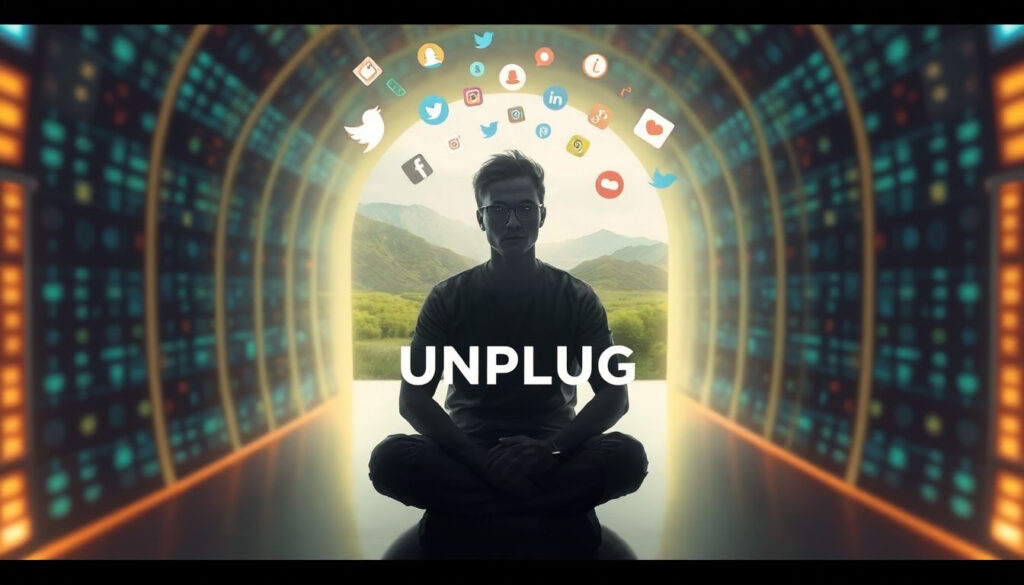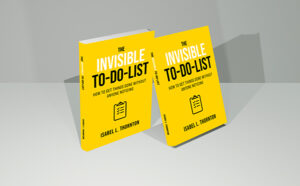
You open your phone to check one message—45 minutes later, you’re still scrolling. You log into YouTube for a single how-to video—three videos later, you’re watching a dog cook pancakes. It’s not just a lack of willpower. It’s the algorithm trap.
In her powerful book, Habit Hacks for Happiness: How to build habits that actually serve you, Tess Alder calls out one of the greatest modern threats to happiness: the hijacking of your attention. She explains how curated digital distractions are carefully designed to steal your focus, weaken your agency, and chip away at your sense of purpose.
What Is the Algorithm Trap?
The algorithm trap is the psychological and behavioral loop you enter when content platforms feed you what they think you’ll want—before you even ask. These systems learn from your clicks, pauses, and reactions to keep you engaged as long as possible.
The trap works like this:
- Boredom or discomfort triggers the urge to “just check.”
- You open an app, expecting quick relief.
- You get dopamine hits from endless novelty.
- You feel temporarily soothed—but mentally scattered afterward.
- Repeat.
The price? Your time, your focus, your clarity—and, often, your sense of self.
Why This Is More Than Just “Too Much Screen Time”
This isn’t about demonizing technology. It’s about recognizing that your mental real estate is being monetized.
Every moment spent reacting to algorithm-fed content is a moment not spent:
- Creating
- Reflecting
- Connecting deeply
- Pursuing meaningful goals
Alder puts it bluntly:
“The algorithm doesn’t want you to grow. It wants you to consume.”
How the Algorithm Affects Your Brain and Behavior
Here’s what constant algorithm exposure does to you neurologically:
- Shortens attention span: You train your brain to expect fast-paced stimulation.
- Reduces emotional resilience: You begin to reach for distraction at the first sign of discomfort.
- Weakens decision-making: Too much input leads to fatigue and impulsivity.
- Erodes self-concept: You absorb other people’s ideas, aesthetics, and values before defining your own.
In short, you become reactive instead of intentional. Drifting instead of directing.
Signs You Might Be Caught in the Trap
- You check your phone within 10 minutes of waking up.
- You find it hard to focus on reading or working without background noise.
- You feel anxious or empty after long scrolling sessions.
- You struggle to sit still without entertainment.
- You don’t remember what you consumed—only that it took up time.
How to Reclaim Your Purpose (Without Quitting Tech)
The good news? You don’t need to go off the grid. You just need to build friction back into your attention habits.
Here’s how:
1. Create Deliberate Entry Points
Before opening any app, ask:
- What am I here to do?
- What time will I leave?
- What would be a more meaningful choice?
This simple pause disrupts the automatic scroll reflex.
2. Move Your Apps or Turn Off Autoplay
Make mindless access harder. Try:
- Moving social apps off your home screen.
- Turning off autoplay on YouTube and Netflix.
- Logging out after use.
These micro-delays create micro-decisions—which build awareness and self-control.
3. Schedule Input-Free Blocks
Each day, carve out 30–60 minutes with:
- No screens
- No background media
- No quick dopamine
Use that time for thinking, journaling, or just being bored. This trains your mind to generate its own ideas again.
4. Set Purpose-First Time Blocks
Instead of “avoiding distraction,” choose something worth doing:
- 20 minutes to sketch, stretch, or strategize
- A walk without earbuds
- Reconnecting with a creative project
Purpose displaces the algorithm’s pull. Not because you “beat” it—but because you chose something more rewarding.
5. Track How You Feel, Not Just What You Do
Instead of obsessing over screen-time stats, reflect daily:
- When did I feel most focused?
- When did I feel drained?
- What content fueled me? What numbed me?
Alder suggests a “Clarity Journal” to track these trends. It’s not about shame—it’s about re-alignment.
The Deeper Win: Rediscovering Your Own Voice
Every time you pause the scroll, you make space for yourself to emerge:
- Your thoughts, not just trending takes.
- Your goals, not the influencer’s.
- Your story, not the feed’s suggestion.
This isn’t just a productivity shift. It’s a selfhood restoration.
Tess Alder writes:
“Your purpose isn’t hiding in someone else’s highlight reel. It’s buried under everything you’re avoiding.”
Ready to Exit the Algorithm Loop?
If you’re craving more focus, depth, and purpose in your daily life, Habit Hacks for Happiness is your road map. In Habit Hacks for Happiness: How to build habits that actually serve you, Tess Alder offers practical, neuroscience-backed strategies to help you rebuild your attention, reconnect with your goals, and take control of your narrative—one mindful habit at a time.
Because your life is not content. It’s a creation. Start building it today.




